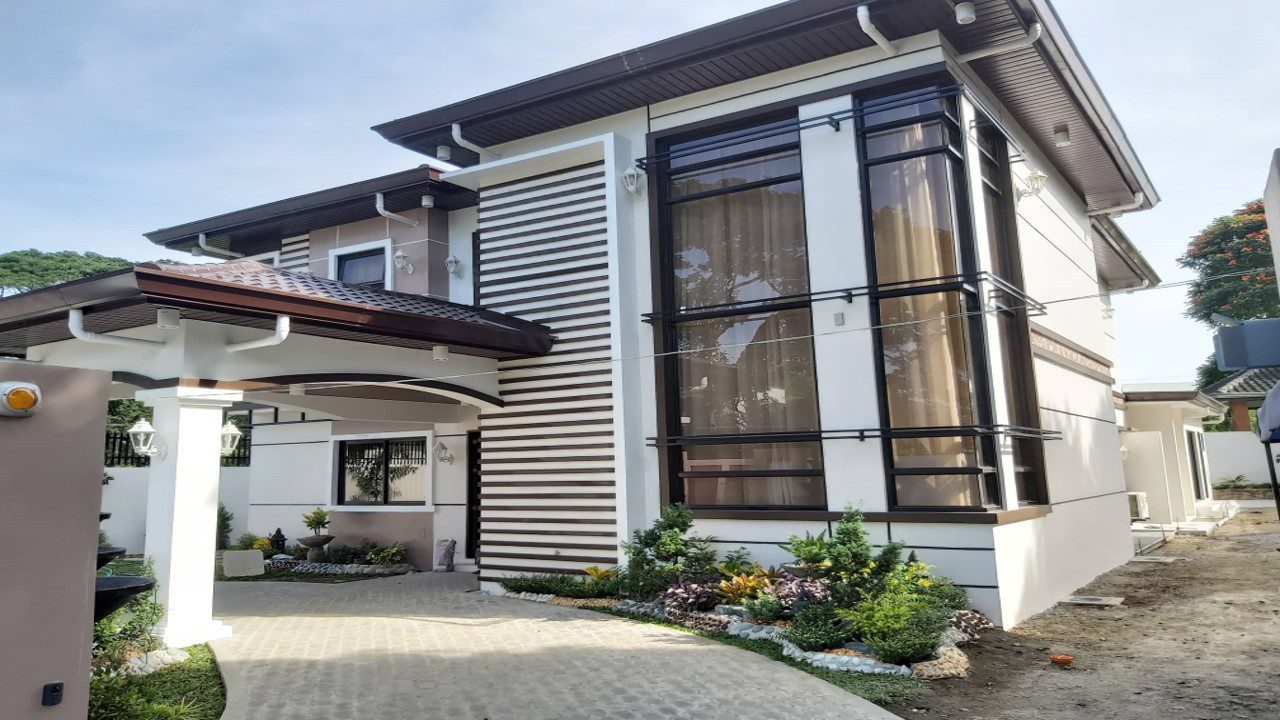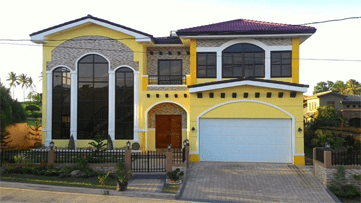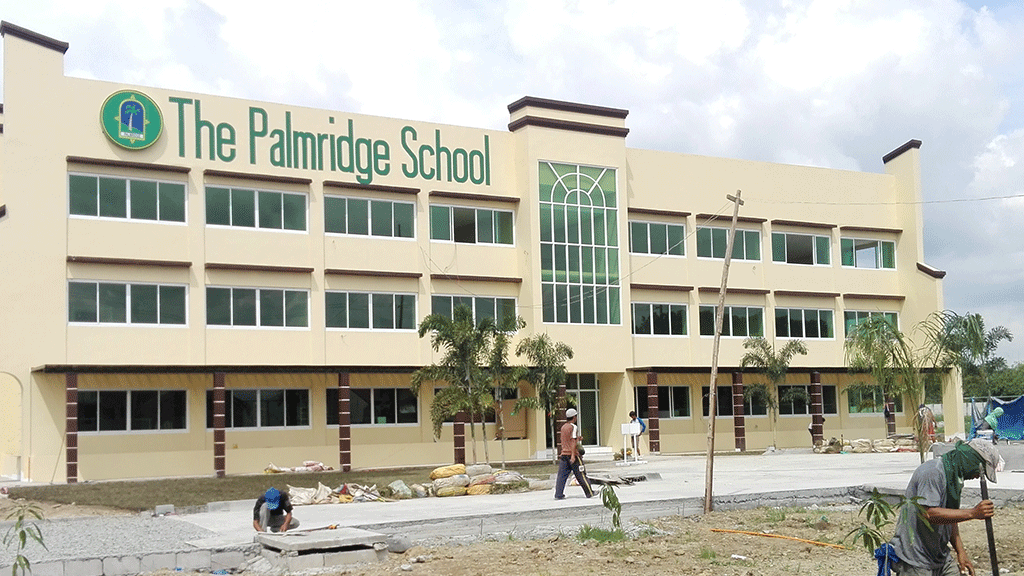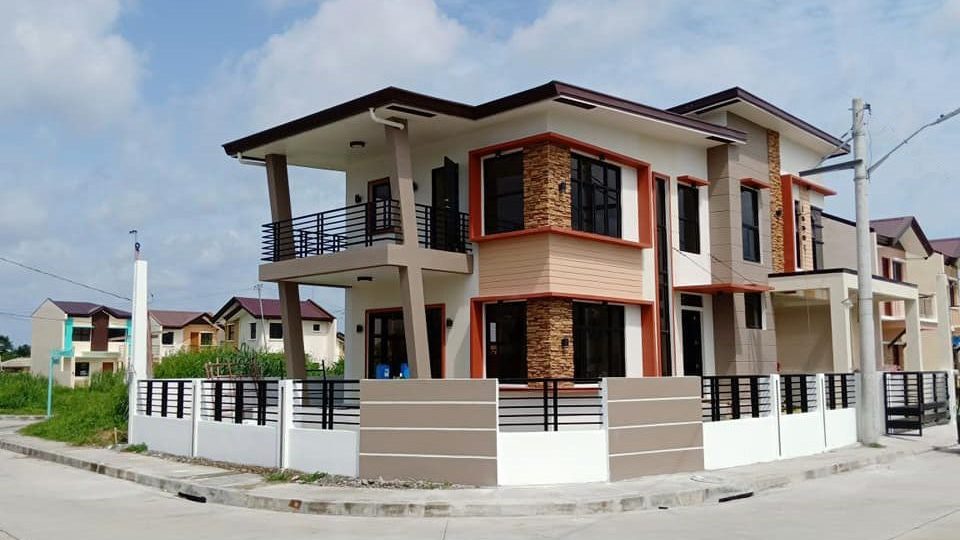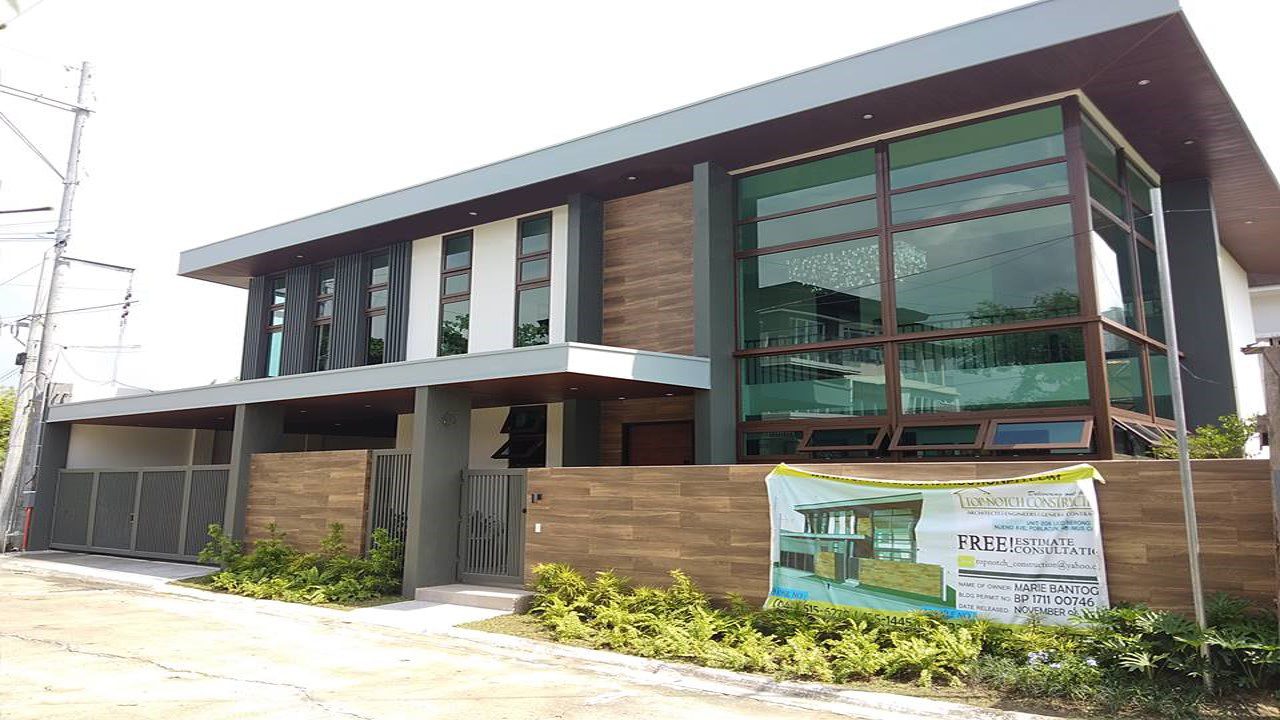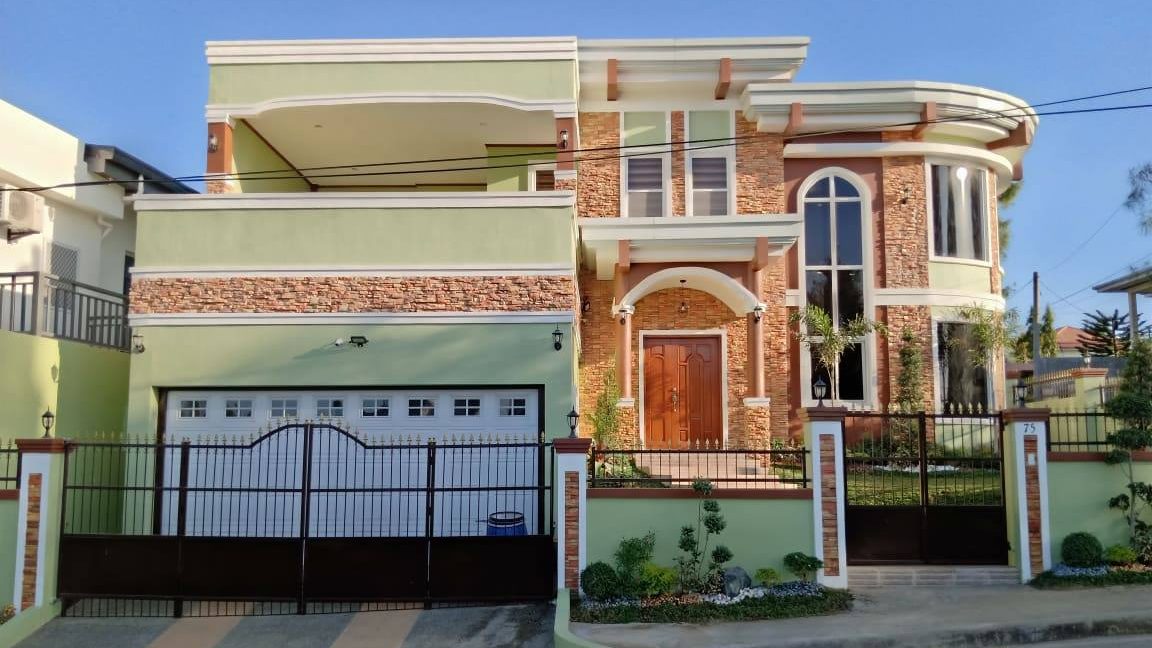Home design varies in the Philippines. This can be attributed to the very rich culture that is a result of the several conquerors that previously reigned in the country. This same event influenced famous Filipino architects in creating some of the most remarkable buildings that we enjoy today.
Poet of Space: Leandro Locsin
When it comes to the urban landscape of the Philippines, Locsin is a legend. Having built the Cultural Center of the Philippines and the National Theatre building within the vicinity, the Filipino modernist architect has a trademark style of transforming monolithic materials into weightless-looking, elegantly adorned masterpieces.
Locsin, aside from being one of the renowned architects in the Philippines, is an avid Chinese art collector and a classically trained pianist. Airport terminals, memorial chapels, art centers, and stock exchange structures, name it!
Transformational: Ildefonso Santos, Jr.
To this National Artist for Architecture (2006) from Malabon, Rizal, landscape architecture should be considered a main thing. Despite receiving less limelight in the first haf of the 20th century, the form of architecture that covers parks and other green spaces was bound to get more attention in the hands of IP Santos.
Aside from the successful Makati Commercial Center, Santos was commissioned to transform a former Spanish cemetery into a national park that we know today as Manila's Paco Park. Santos worked on this from 1967 to 1969, leaving a beautiful space for urban recreation.
Function before form: Pablo Antonio
Prior to being a celebrated architect, Pablo Sr. started as an orphan at the age of 12. His first attempt at an architecture program was far from successful but he started to receive more attention when he finished his studies in London in a time shorter than usual.
This man's trademark is visible in the form of clean and purposeful lines, strong shape, and simple appeal. His most notable works include the Galaxy Theatre, Manila Polo Club, and the FEU building. As told by his son, Pablo Sr. gives deeper meaning to every aspect of his design, especially lines. The purpose is more important; then, the elegance and form follow. An element of the design should be helpful in certain aspects such as ventilation and sunscreens. This philosophy is highly applicable when creating a house design in the Philippines.
Fusion of foreign and indigenous: Juan Nakpil
Nakpil was taught the lessons of international architecture when he studied in the United States and France. Despite his education abroad, Nakpil believed that architects in the Philippines should create building or home designs that reflect Filipino culture and people.
The National Artist for Architecture in 1973 worked on the Manila Jockey Club, the Quiapo Church, Mabini Shrine and the restoration of the home of national hero Jose Rizal. Nakpil, who was criticized for having some of his designs to be too radical.
Ingenious, Indigenous: Francisco ‘Bobby’ Mañosa
If there is an OG when it comes to “loving local”, that would be Francis Mañosa. The National Artist from Muntinlupa boasts of his distinctive style called Contemporary Tropical Filipino Architecture.
Mañosa’s remarkable works include the Coconut Palace, the EDSA Shrine, the Mary Immaculate Parish (Nature's Church) in Las Piñas, as well as Amanpulo resorts. He saw masterpieces in mixing indigineous materials that one would say ‘incongrous’.
Surely, you have visited one of the places created by one of these brilliant Filipino architects. What aspect of their designs gave you inspiration that you’d like to apply on your dream house project? House design and cost of Philippine houses are important considerations to look into.

